Dr. Charles R. Blake & the Spanish Flu
Richmond & the Spanish Flu
Dr. Charles Robert Blake (September 9, 1869 – December 27, 1944) was the public health officer in charge when the Spanish Flu swept through the City of Richmond in 1918-1919. The museum archives holds the secrets about how our community emerged stronger from past epidemics.
Charles Robert Blake was born September 9, 1869 in Visalia California. He attended public schools throughout his life and attended University of California for Medical School graduating in 1891.

Charles is listed as residing at 1844 Geary Street in San Francisco but the historical buildings there have since been demolished. OpenSFHistory.org allows us a peek of his neighborhood with a photograph of the intersection of Geary and Steiner on October 18, 1916.

Charles worked for several years in Hawaii after graduating from medical school. He married Lilian Hoog of Oakland in 1898 and they had one son Herbert in 1900. The 1900 census lists Charles, Lilian and baby Herbert living in the City of Hilo on the Big Island of Hawaii. Charles came to Richmond in 1903 and was elected to the City Council as early as 1907.?
Dr. Blake enacted many important changes to improve public health in the City of Richmond, aspects of life that many of us take for granted today. In 1914 he set out on a mosquito abatement campaign while also managing outbreaks of diptheria and measles.?
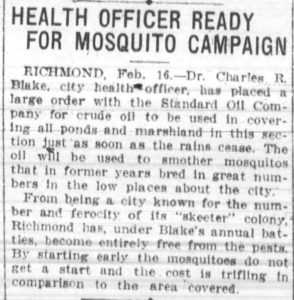


In 1916, Dr. Blake began requiring all milk sold in local markets to be pasteurized when the State board of health did not require pasteurization of milk tested with tuberculin.
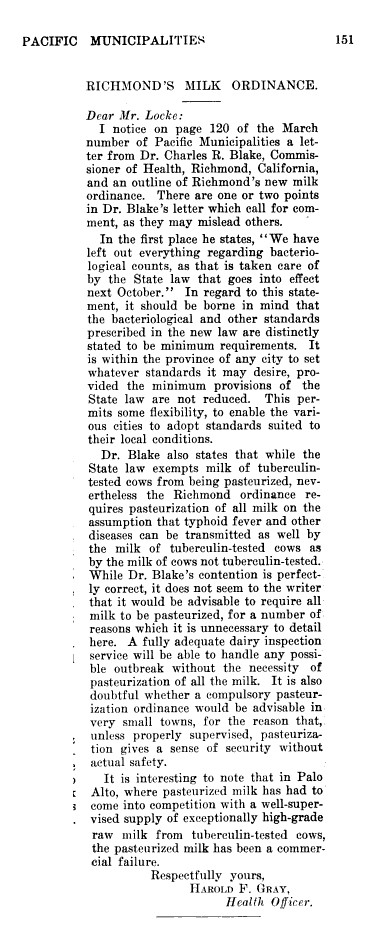
In 1917, Dr. Blake crusaded for improvements in the outdoor Municipal Market, complaining that dirty water, unsanitary food storage and nearby open latrines were a threat to public health.?

Dr. Blake worked as a public health official until 1943 and navigated the changes brought with the influx of people that came here to work in the Kaiser Shipyards. He voiced his concerns for overall public health in the City of Richmond warning the health of the City would explode from unsanitary conditions. Widespread vaccinations of over 10,000 children was celebrated as one of the successes attributed to Dr. Blake during his tenure as a public health officer.

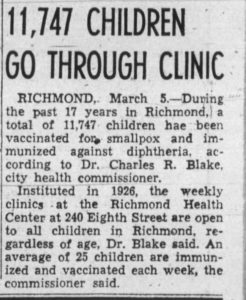
Dr. Blake died in 1944 having served as Health Commissioner up until the previous year. His last days as a public health official were spent managing the boomtown conditions of Richmond during World War II.
Stay tuned for more coverage on Dr. Blake and the Spanish Flu in the City of Richmond.
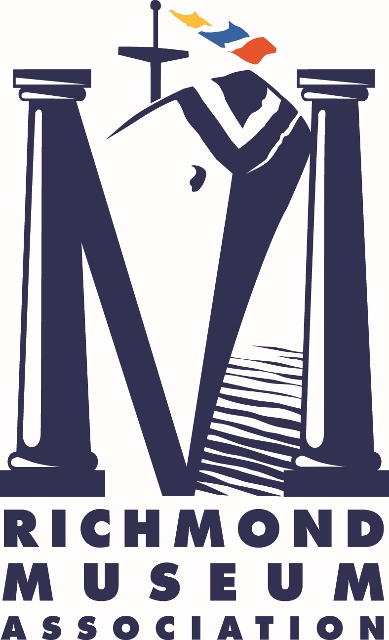



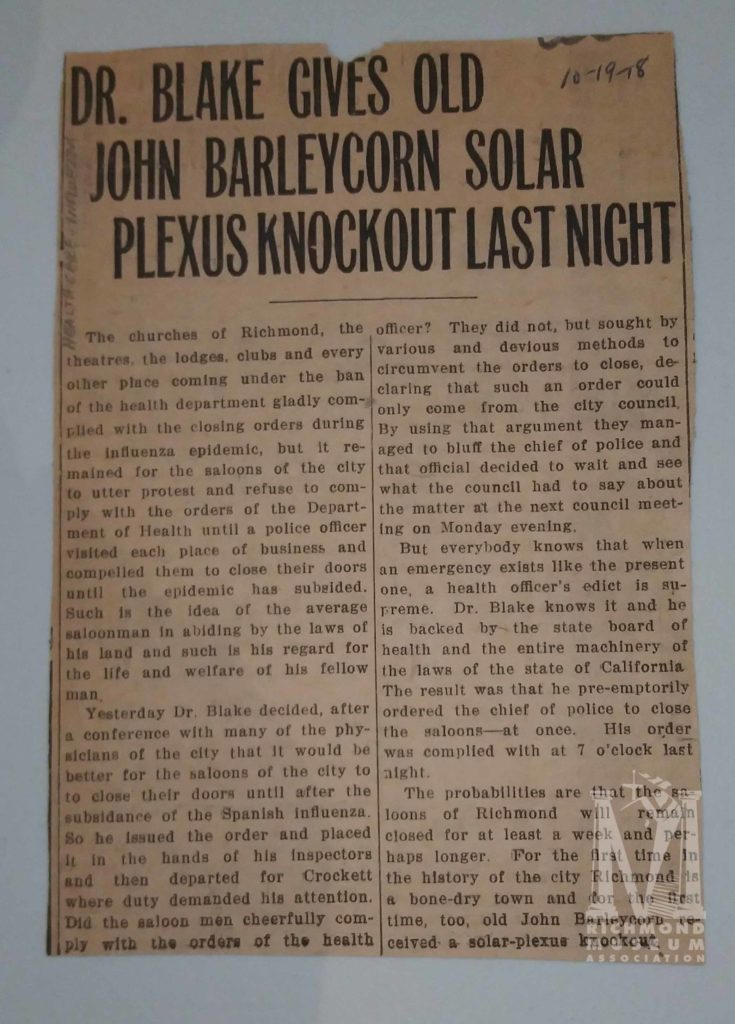
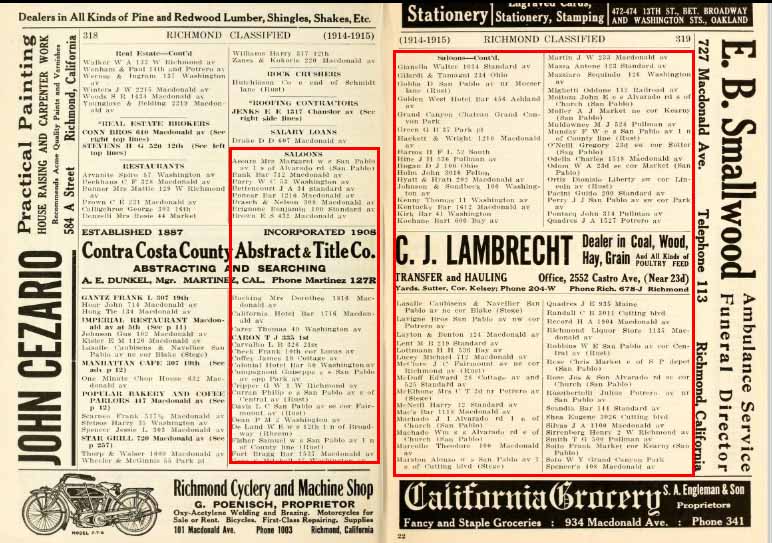

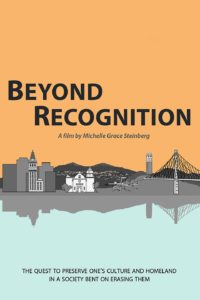
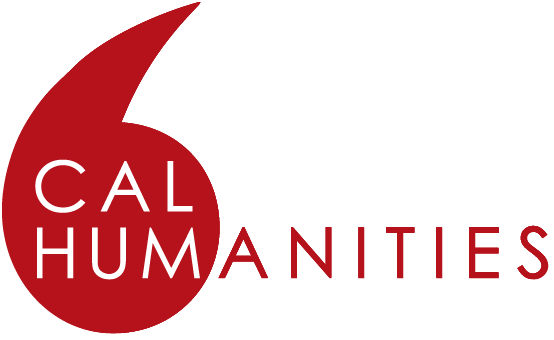
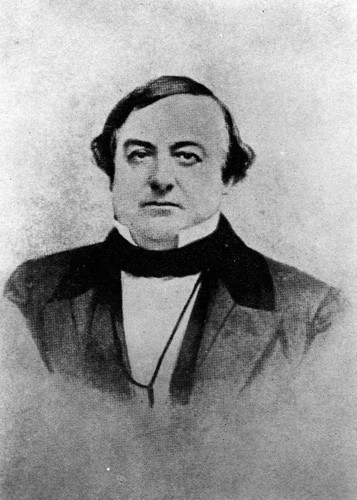 Film Screening
Film Screening